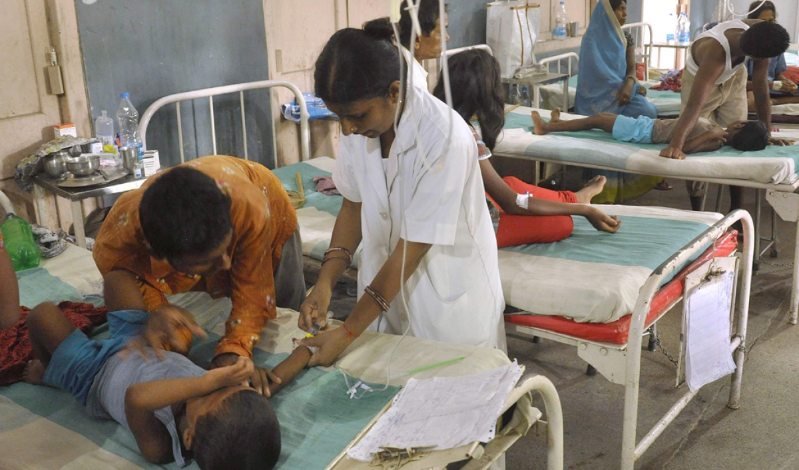-
April 28, 2020
-
0

How does the Emergency Department handle poisoning cases?
Poisoning can be accidental or deliberate and the Emergency Department team is well trained to tackle any situation. Poisoning can occur via topical absorption, injection, oral ingestion or inhalation. When a patient shows up at the Emergency Department showing signs of poisoning, the nurses and doctors begin immediate evaluation of certain body functions like heart rate, blood pressure and breathing. If it appears that the patient has come in contact with the toxin externally, their skin is immediately decontaminated.
The second step is determining what type of toxin is responsible for the poisoning. Pupil size, skin texture and mental status play a role here. Poisoning also causes hypotension or low blood pressure. Electrocardiograms are performed to monitor the patient’s heart rate.
If it appears that the patient has consumed the poison orally or has overdosed on oral drugs or medication, the Emergency Department team will attempt to purge the toxin out of their system. This is typically done though orogastric lavage or stomach pumping, whole bowel irrigation or administrating activated charcoal. This helps minimise the exposure to the poisonous compound, aiding in the patient’s recovery.
Blood tests and urine screen are also sometimes performed to help determine the type of toxic compound affecting the patient. These tests are effective in identifying the presence of medication such as acetaminophen or drugs like amphetamines, cocaine, opioids and cannabinoids.
Saving lives is the number one priority
Poisoning is one of the most common cases brought to the Emergency Department every year. It plays a crucial role in dealing with these cases and ensuring patient recovery. While most cases are handled within the Emergency Department, some patients may be suffered to specialized doctors for further treatment.
Contact
JAYANAGAR
BANASHANKARI

